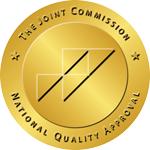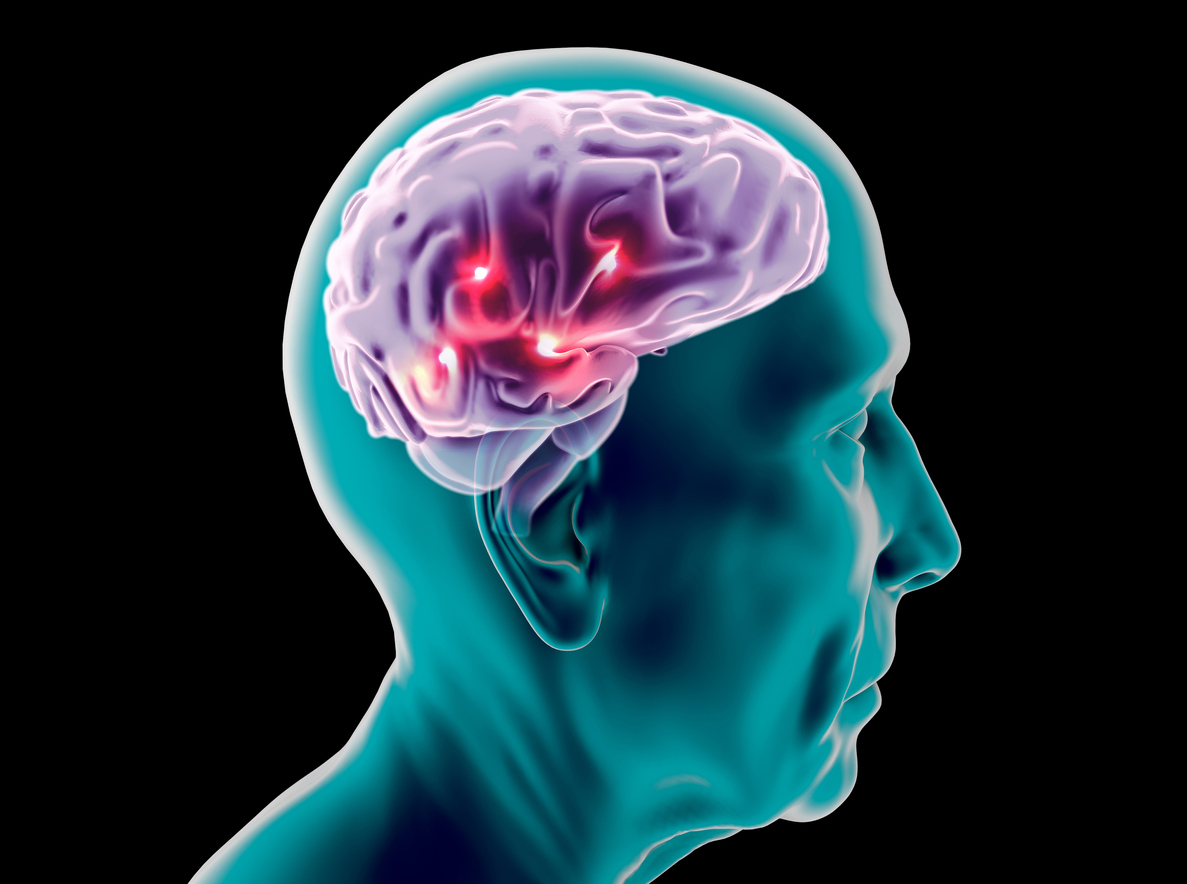Addiction is a disease. It is not a choice. It is not relevant to concepts like strength, willpower, ethics, and morals. Clients have frequently said that family members or loved ones have said, “Why can’t you just stop?” We know from a scientific standpoint that it is not reasonable to ask someone to make the choice to stop. They don’t have a choice once the addiction is activated.
Addiction is a disease in the same way that we define many other diseases. In fact, all other diseases. The scientific community has three specific criteria that a disorder must meet before it can be categorized as a disease. First, it has to be detrimental. It has to damage the individual. Second, we have to know the set of signs and symptoms that go along with it. Third, there must be an abnormal test. A test that will always be abnormal with the disease.
Addiction is a disease of the brain. It is a brain-based disease. The test to recognize the disease of addiction is a brain scan. Brain scans refer to highly sophisticated imaging studies of the brain that do not look at the structure but look at the functionality of the brain. They have done enough brain scans on people whose brains have no disease state or process, totally “normal” brain function, to know what a “normal” brain scan looks like.
The way brain scans read is by different colors reflecting different overall activity. The darker the colors the higher the activity levels. The highest level of activity, predominately so, in the front of the human brain. That pattern changes consistently in people with active addiction. The front of the brain becomes much less active with addiction. There is an area in the central part of the brain that becomes much more active. The abnormal brain scan is the key to understanding why people can’t make the choice to just stop using. Willpower, ethics, morals, strength, and choice get removed from the equation.
Different parts of the brain do different things and there are connections between these different areas. One of these parts is the Nucleus Accumbens. This is referred to as the “pleasure center” or “reinforcement/reward center”. The Nucleus Accumbens is a clump of brain cells that seem to have only one function. It will get you to repeat any behavior whose result is that it stimulates these brain cells. Anything you do that causes these brain cells to be stimulated, it will then drive you to repeat that behavior.
Why would we have a part of the brain like that? The thinking is that you are supposed to repeat the behaviors that increase the likelihood of survival of the individual and/or the species. It’s there for your good and the good of the species. There are certain behaviors that have always been very important to your survival and the survival of the species. These include but are not limited to water, food, procreation, and sleep. These behaviors are considered salient and really matter to your brain. They stimulate the Nucleus Accumbens and you know to repeat them and to repeat them frequently.
Another part of the brain is the Frontal Lobes. These are located in the front of the brain and are known as the socialization center. This is where you learn about everything that your society/culture believes is good vs. bad, acceptable vs. unacceptable, right vs. wrong, safe vs. unsafe. The Frontal Lobes are the part of the brain where all of your ethics and morals are learned. When you tell someone to make a choice they will use their Frontal Lobes, no matter what it is about (good vs. bad, acceptable vs. unacceptable, etc.).
That’s all just information contained in your Frontal Lobes. That’s what making a choice is all about. Can you do what your brain wants you to do?
Now let’s talk about the disease of addiction.
We already know, by definition, the disease of addiction means that the function of the brain is altered. In a “normal” brain, the Frontal Lobes are most active and dominant. So, when someone tells you to make the right choice you go to your Frontal Lopes, your cultural norms, the things you’ve learned and you follow that. In addiction, the Frontal Lobes are not doing so much. A different part of the brain takes over and becomes more active and dominant because it has been massively overstimulated, repeatedly. That’s the key.
Scientists have identified 30 million mood-altering substances (drugs and alcohol) that affect the brain. Out of those 30 million, less than 100 of them are classified to potentially cause the disease of addiction. It is incredibly rare; a tiny fraction of the total number that does this. The one thing that all mood-altering substances have in common is that they massively overstimulate the “reinforcement center”, to an abnormal degree. They do it to a far greater degree, higher intensity and longer duration than any of the naturally salient stimulators of the “reinforcement center”.
You must remember that the “reinforcement center” does not recognize that mood-altering substances are abnormal or bad. It is just there to get you to repeat whatever behavior stimulates it. That is why they say that mood altering substances “hijack” the human brain. They affect the part of the brain that is supposed to drive you to repeat whatever stimulates it. They stimulate it way more than even water, the most life-limiting thing on the planet for human beings.
When the partially subconscious part of your brain has been repeatedly overstimulated it becomes more active and potentially more dominant. Therefore, in terms of I have a decision to make now about whether I continue the use of mood-altering substances despite the fact that I know it’s the wrong thing to do, it’s the unacceptable thing to do, the unsafe thing to do. Which part of the brain is going to win the battle? The part that is more active and more dominant. It’s not like people with active addiction don’t know they shouldn’t keep doing it. It is also like people with addiction don’t want to stop. Because want to stop comes from the conscious part of the brain. Everyone with this disease wants to stop. It has terrible consequences, it makes your life a disaster.
For people with active addiction, they can’t just make the choice to stop using. This is why it takes external controls for people to have a chance of getting this disease into remission. This is true for the vast majority. That’s why we recommend coming into a formal treatment center. So, you don’t have to make a choice you can’t make because that part of your brain isn’t in control. The decision gets made for you.
You must also understand that an abnormal brain scan does have the potential to go back to a normal brain scan. They have done some studies on this. With abstinence, it takes 1-5 years for the brain scan to go back to normal, but it can go back to normal. That’s important! That’s what getting your disease into remission means. A disease is not considered to be in remission until the brain scan goes back to normal. You can maintain sobriety long enough and you can keep from over activating your addictive pathways.
For people who need help with the recovery process, The Ridge offers an inpatient rehab center with a complete detox program. Contact The Ridge now for more information.


